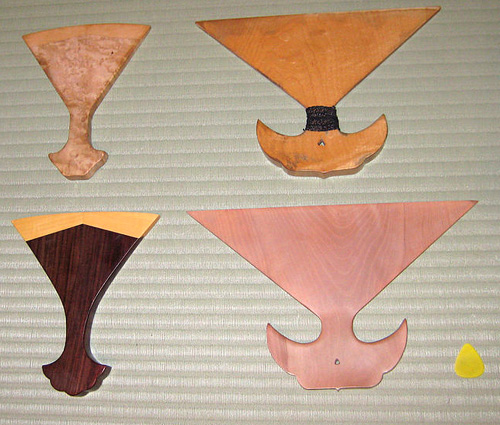The Konomiya Hadaka (Naked) Festival takes place this year on February 4.
Hadaka Matsuri has its origins in an attempt to dispel an outbreak of plague and the festival began in 767.
The boisterous behavior at Konomiya has sometimes got out of hand. Riots occured in the 16th century. Upto 10,000 semi-naked men usually attend with over 100,000 spectators and the crush and subsequent frenzy can be scary.

The festival has a set of defined stages.
On the second day of the lunar new year a post marked with the words "naoi shinji" is set up outside Konomiya Shrine, this happened this year on January 24.
An hour later at 10am a group of applicants arrive in the hope of being selected as that year's shin-otoko or ("god-man"). To be chosen as shin-otoko is considered a great honor, though a strange one in most people's eyes in view of the bruising experience that is to follow.

A huge 4-ton rice-cake (mochi) is prepared and is presented to the shin-otoko on the eve of the main festival. For three days prior to the start of the matsuri the shin-otoko is kept alone, enclosed in a small hall in Konomiya Shrine. He is fed only rice-gruel and water and has all his body hair shaved off as part of the purification rite.
The festival begins in mid-afternoon on the 13th day of the lunar new year when thousands of men dressed only in loincloths carry a bamboo pole covered with pieces of paper carrying the excuses of people who couldn't make it to the festival that year.
When the shin-otoko appears from the shrine the assembled men - many of them aged 23 or 42 (ages considered unlucky or yakudoshi) - converge on the shin-otoko in an effort to touch him and thus pass on their bad luck and so rid themselves of evil.
The shin-otoko's guards, who attempt to stop him getting killed in the crush, throw cold water on the crowds to help cool things down. The event can be dangerous and people have suffered injuries in the past.

At 3am the next morning the shin-otoko carrying a "mud cake" on his back - symbolizing bad luck and calamity is chased away from the shrine and the mud cake is buried by the shrine priests. This part of the festival is known as yonaoi shinji.
Later that morning the large rice cake presented earlier is cut up and distributed to worshippers. Eating the rice cake is supposed to ward off illness and misfortune.
Access: Take a Meitetsu Line train from Nagoya Station bound for Gifu to Konomiya Station (north exit and then a short 3-minute walk) or a JR Tokaido Line train from Nagoya Station to Inazawa Station and then a 15-minute walk to Konomiya shrine.
Konomiya Shrine
1-1-1 Konomiya, Inazawa city
Tel: 0587 23 2121
Konomiya is located just outside Nagoya.
Tags
Japan Naked Festival Hadaka Matsuri Nagoya Japan Festivals Konomiya








































